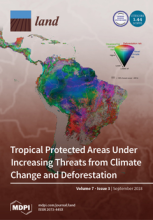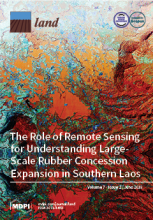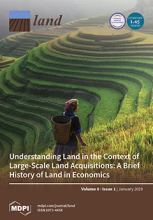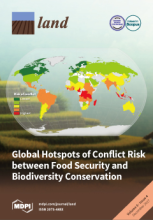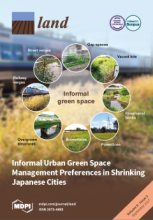Land Library
Welcome to the Land Portal Library. Explore our vast collection of open-access resources (over 74,000) including reports, journal articles, research papers, peer-reviewed publications, legal documents, videos and much more.
/ library resources
Showing items 73 through 81 of 113.The Ecosystem Services Framework (ESF) is a powerful tool for understanding the relationship between nature and society, and tourism is an important expression of this. However, the scientific literature focusing on the relationship between tourism and the ESF is limited.
Semi-arid Namibia is marginal for agricultural production. Low soil fertility combined with low and variable rainfall restrict the livelihoods of smallholder farmers who often struggle to produce enough food.
Rangelands throughout sub-Saharan Africa are currently undergoing two major pressures: climate change (through altered rainfall and seasonality patterns) and habitat fragmentation (brought by land use change driven by land demand for agriculture and conservation).
The main aim of this study is to assess the benefits provided by the ecosystems of traditional agricultural landscapes (TAL) and compare them to the outputs of large-scale agriculture.
Across the Gobi Desert in China and Mongolia, millions of newly planted trees struggle to survive amid adverse ecological conditions.
The scientific understanding of climate change is firmly established; it is occurring, it is primarily due to human activities, and it poses potentially serious risks to human and natural systems.
Indigenous territories are facing increasing pressures from numerous legal and illegal activities that are pushing commodity frontiers within their limits, frequently causing severe environmental degradation and threatening indigenous territorial rights and livelihoods.
Complex couplings and feedback among climate, fire, and herbivory drive short- and long-term patterns of land cover change (LCC) in savanna ecosystems.
Mapping ecosystem services (ES) increases the awareness of natural capital value, leading to building sustainability into decision-making processes.

